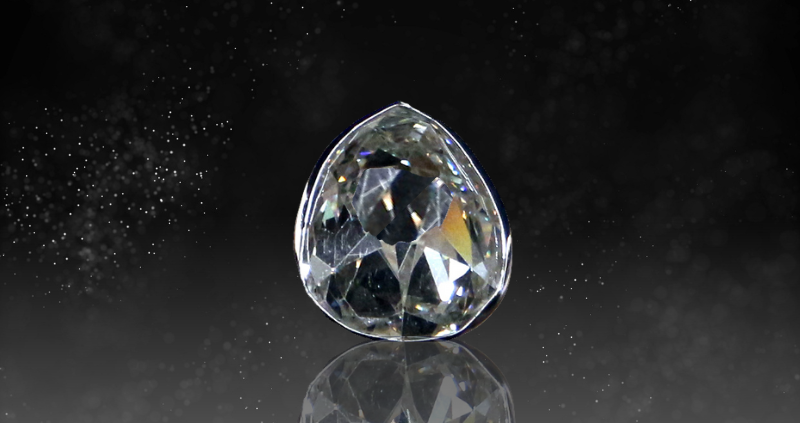From Royalty to Revolution: The Enchanting Tale of the Sancy Diamond
What sets the Sancy Diamond apart is its enigmatic design, dual crowns embody pinnacle. It's tale reveals timeless grandeur, etching a legacy in history!

In the dazzling world of precious gems and storied jewels, one name stands out like a radiant beacon of history and mystery: The Sancy Diamond. With its pale yellow hue (exact colour not yet graded) and exceptional weight of 55.23 carats (11.046 grams), the Sancy has captured the imagination of gem enthusiasts and historians alike.
What sets the Sancy Diamond apart is its enigmatic design, featuring an extraordinary shield-shaped structure comprising two back-to-back crowns, representing the pinnacle of the gem, without the usual pavilion below. Throughout its journey across centuries, this captivating gem has graced the hands of influential figures.
As we delve into the captivating tale of the Sancy Diamond, we unlock the secrets of its past, uncovering the grandeur and legacy that have forever etched this precious gem into the annals of time.
Early Owners
The diamond was originally named Balle de Flandres and belonged to Valentina Visconti, who received it as part of her dowry when she married Louis I, Duke of Orléans in 1389 It later came into the possession of Charles the Bold, Duke of Burgundy. After passing through several owners, it was acquired by Nicolas de Harlay, seigneur de Sancy.
French Royalty
Henry III of France borrowed the diamond from de Sancy to decorate his cap, and later, Henry IV of France used it as collateral to raise money for his army. During de Sancy's ownership, there was a story (not confirmed) that a messenger carrying the diamond disappeared. De Sancy believed the man was loyal and searched for him. Sadly, they found the messenger robbed and murdered, and the diamond was found inside his stomach.
Due to financial problems, de Sancy had to sell the diamond to King James VI and I in March 1605. The diamond weighed 53 carats. It was then set into the Mirror of Great Britain, along with diamonds from the Great H of Scotland. The Sancy diamond was briefly owned by Charles I, the King of England, Scotland, and Ireland, and then by his son James II. After suffering a major defeat, James sought refuge with Louis XIV of France, but the French king grew tired of him. Facing financial difficulties, James had to sell the Sancy to Cardinal Mazarin in about 1657.
Disappearance and Rediscovery
When Cardinal Mazarin passed away in 1661, he left the diamond to the French king. The Sancy stayed in France but disappeared during the French Revolution when thieves raided the Royal Treasury. The diamond resurfaced in 1867 at the Paris Exposition, where it was displayed with a price tag of one million francs. However, it vanished again for forty years. The Sancy reappeared in 1906 when it was bought by William Waldorf Astor, 1st Viscount Astor, from the famous Russian collector A.K. Rudanovsky.
Current Ownership
The Astor family owned the diamond for 72 years until the 4th Viscount Astor sold it to the Louvre for $1 million in 1978. Today, the Sancy is in the Apollo Gallery at the Louvre, alongside other notable gems like the Regent Diamond and the Hortensia Diamond.
In conclusion, the Sancy diamond has a long and colourful history, having passed through the hands of many important figures in European history. Despite disappearing for long periods, it has always resurfaced, and today it is on display at the Louvre, where it can be admired by visitors from all over the world.

